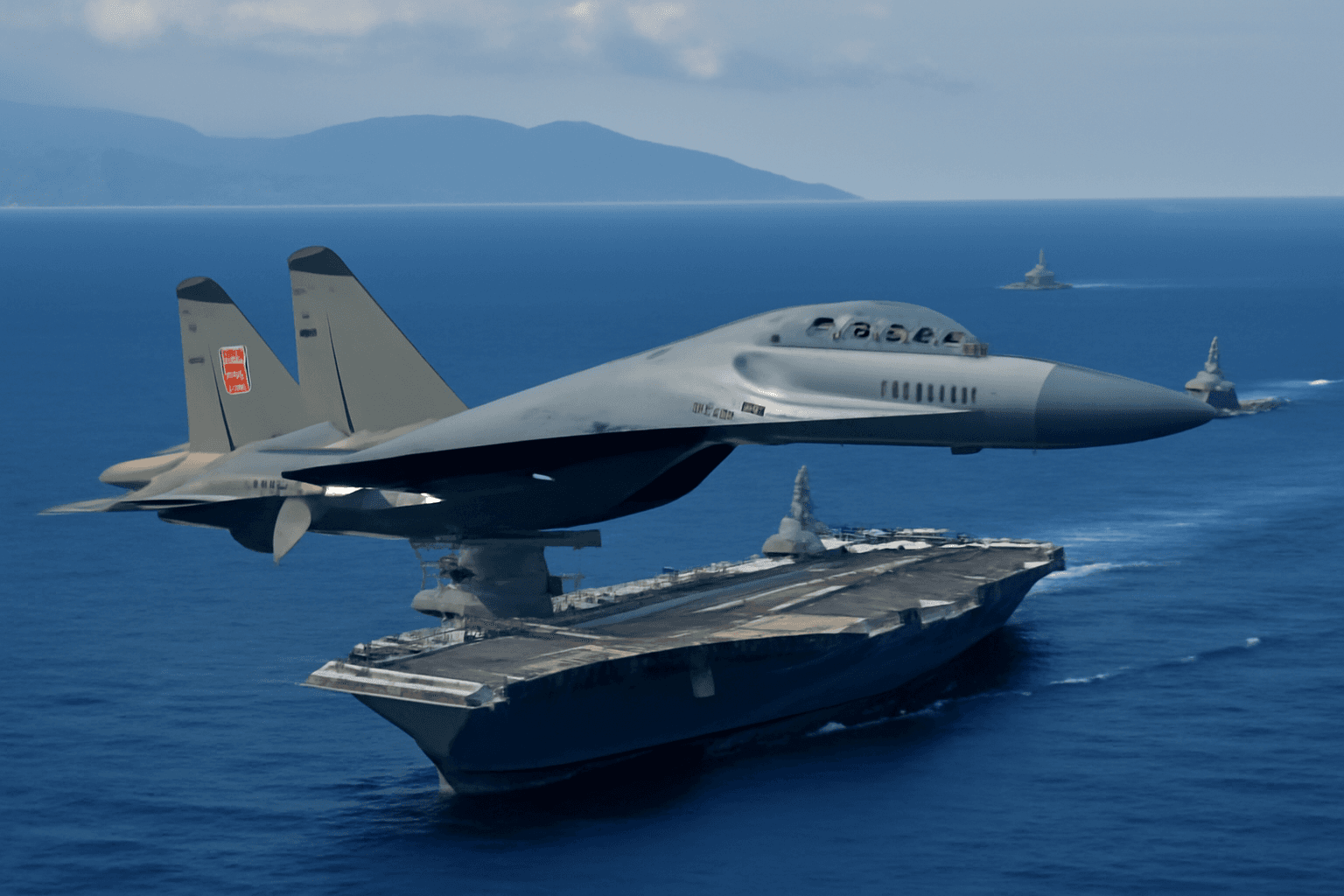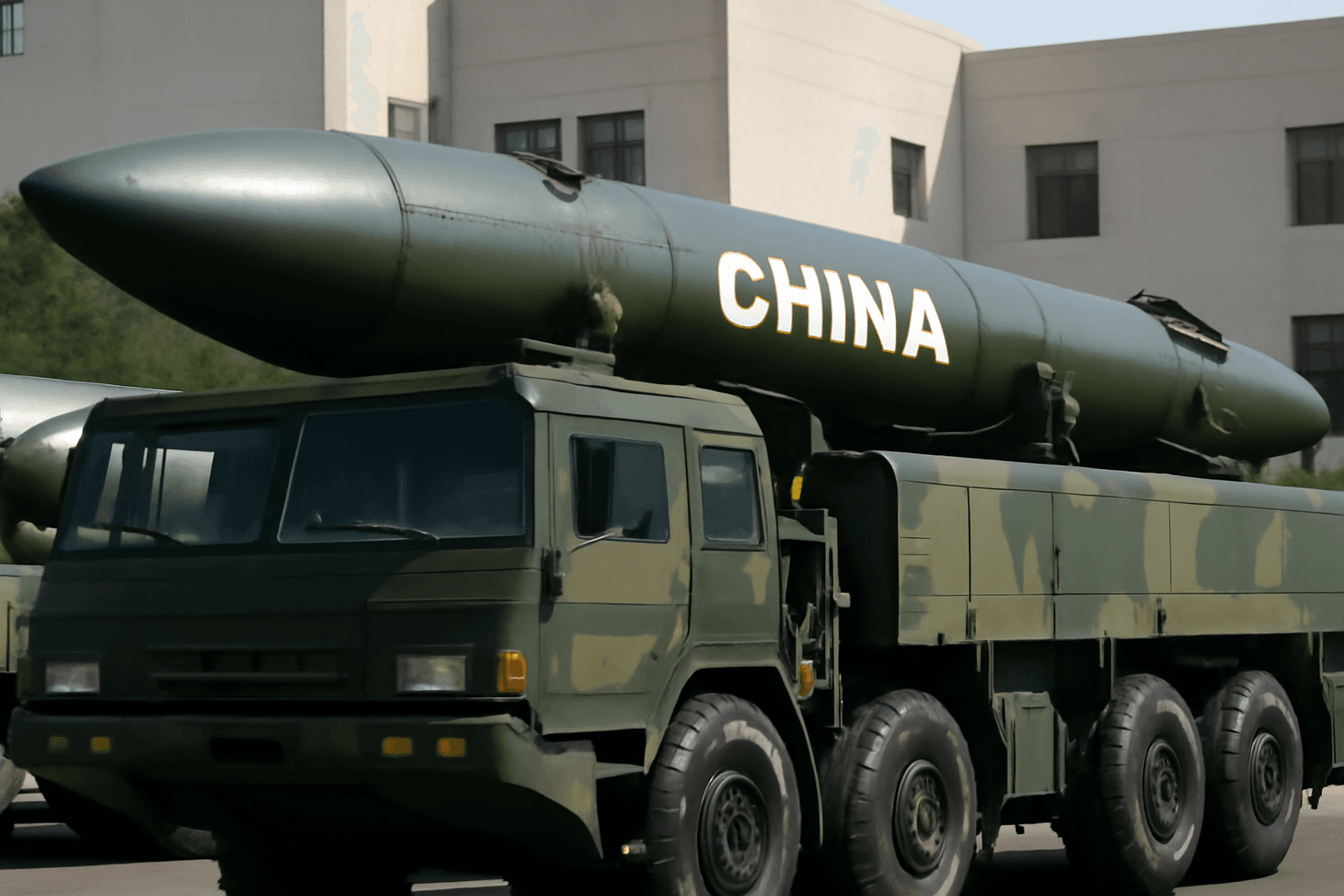Operation Sindoor Sparks Pakistani Concern Over BrahMos Missile
India's precision strike operation, known as Operation Sindoor, has left Pakistan grappling with a critical challenge: how to effectively defend against the formidable BrahMos supersonic cruise missile. Although the Indian government has not officially confirmed using BrahMos during the operation, Pakistan’s Prime Minister Shehbaz Sharif openly acknowledged that its airbases were targeted by this highly advanced missile.
Pakistan’s Search for a Reliable Air Defense Solution
Pakistan’s disappointment with Chinese air defense systems, particularly the HQ-9 and HQ-16, has become palpable. These systems reportedly failed to shield Pakistani targets from India’s drone and missile strikes, including those launched by the BrahMos missile. This failure has propelled Islamabad to explore defense options beyond China in hopes of securing a more effective deterrent.
Exploring German Air Defense Technology
Among the alternatives, Pakistan is reportedly considering Germany's IRIS-T SLM (Infrared Imaging System - Tail/Thrust Vector Controlled - Surface-Launched Missile) system. This medium-range air defense platform has demonstrated remarkable effectiveness in Ukraine, successfully intercepting over 60 incoming missiles in a 12-month span, including Russian cruise missiles comparable in performance to India’s BrahMos.
Developed by Diehl Defence, the IRIS-T SLM integrates advanced radar, command operations, and multiple launchers, offering a 40-kilometer range and 360-degree situational awareness. While initially deployed in the 1990s, the system has undergone continuous upgrades to remain state-of-the-art.
Strengthening Indo-German Defense Connections
The timing of Pakistan’s potential acquisition is intriguing given the expanding Indo-German defense collaborations. Diehl Defence has partnered with Thyssenkrupp Marine Systems to equip six Indian Navy submarines with Interactive Defence and Attack Systems (IDAS) under India’s Rs. 70,000 crore Project 75I. Additionally, India’s Reliance Defence, a subsidiary of Reliance Infrastructure, entered into a strategic partnership with Diehl to manufacture advanced precision-guided munitions domestically.
These growing ties could complicate Pakistan’s ambitions to procure IRIS-T SLM systems from Germany, considering the deepening military-industrial links between Germany and India.
Balancing Defense Spending Amid Economic Strains
Pakistan’s military spending surge comes amidst a faltering economy, with nearly 45% of the population living below the poverty line and 16% suffering extreme poverty. Despite a substantial cut of about 7% in overall spending and the cancellation of development projects worth nearly 1,000 billion Pakistani Rupees, defense expenditure rose sharply by 20%. This uptick was supported by recent loans totaling around $1.8 billion from the International Monetary Fund and the Asian Development Bank.
This prioritization has drawn scrutiny, as many question whether the government’s focus on bolstering military capabilities, including acquiring costly foreign defense systems, is the most prudent course given the country’s socioeconomic challenges.
Looking Ahead: Pakistan’s Defense Strategy Evolution
With vulnerabilities exposed by India’s Operation Sindoor and resultant military advancements, Pakistan’s pursuit of stronger air defense assets signals a shift in its strategic outlook. Moving beyond longstanding reliance on Chinese equipment, Islamabad faces a complex balancing act between acquiring cutting-edge technology and managing its strained economic resources.
As regional tensions simmer, how Pakistan navigates its defense procurement choices will have critical implications for stability and deterrence dynamics in South Asia.














